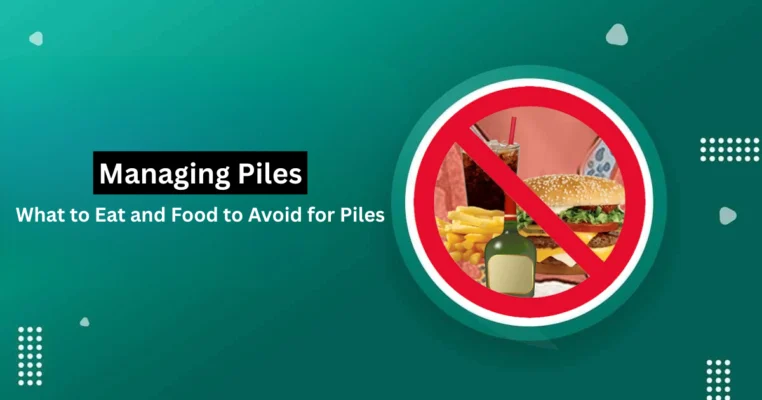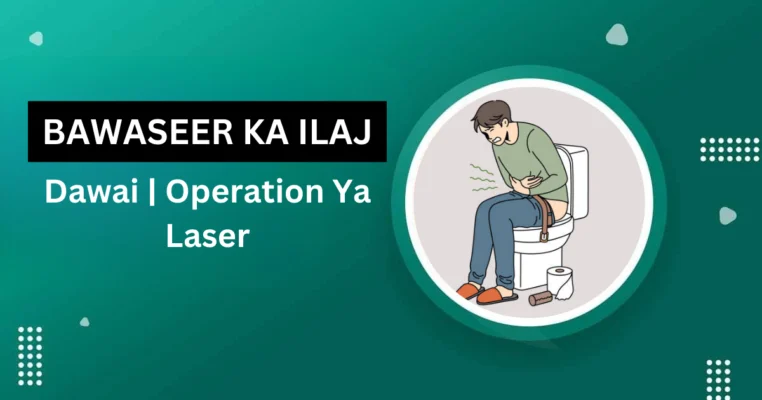Symptoms and Causes of Bawaseer In English and Urdu
Bawaseer Treatments As already discussed, for mild cases of bawaseer in English (Piles), treatment may
20
May
May
Difference Between Piles Fissure and Fistula
Piles fissure and fistula are common conditions affecting the anal region. Piles, otherwise known as
17
Jan
Jan
Piles Cure in 3 Days: What You Need to Know
Piles (also called hemorrhoids) are a common, irritating health problem that cause pain and discomfort.
15
Jan
Jan
- 1
- 2










